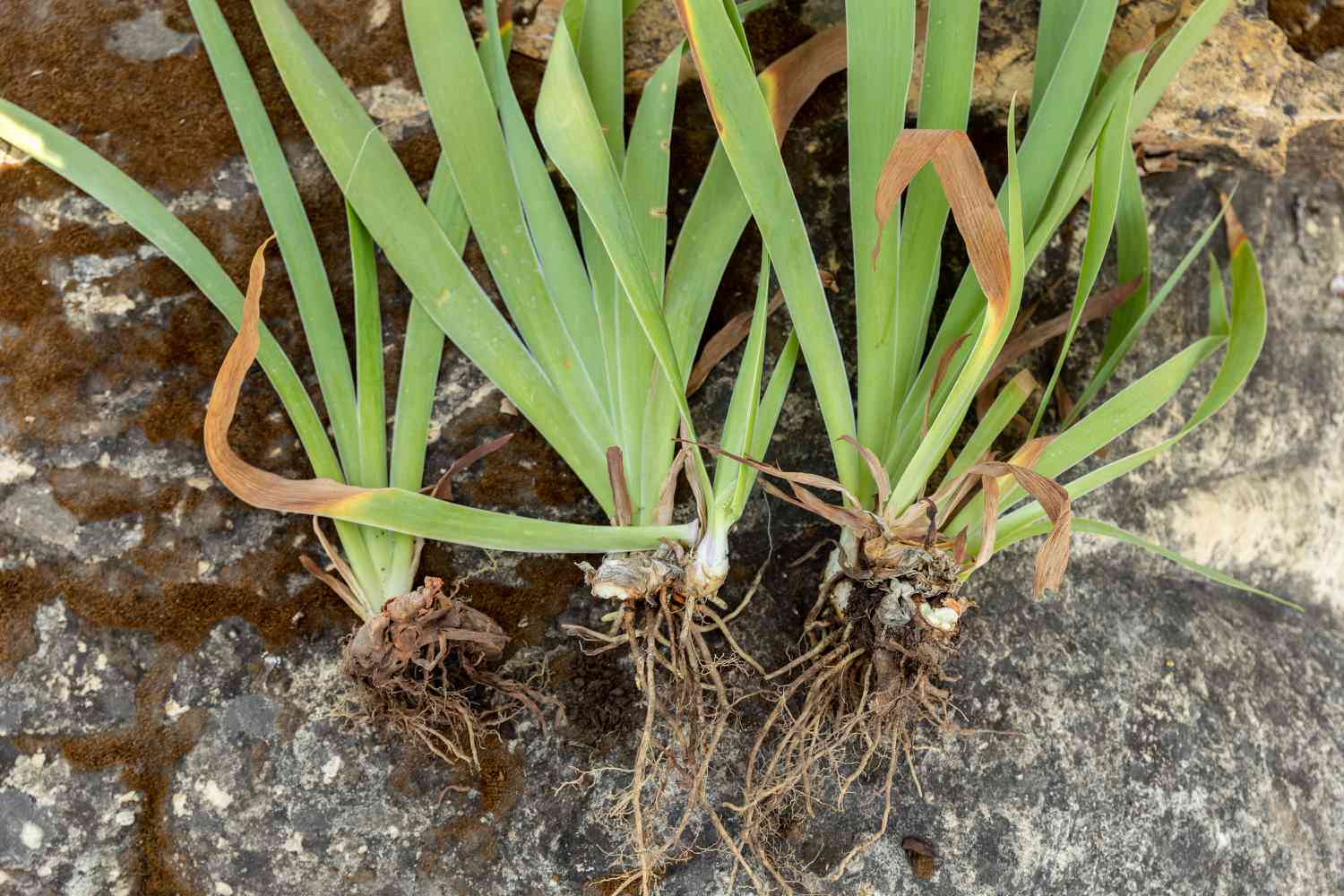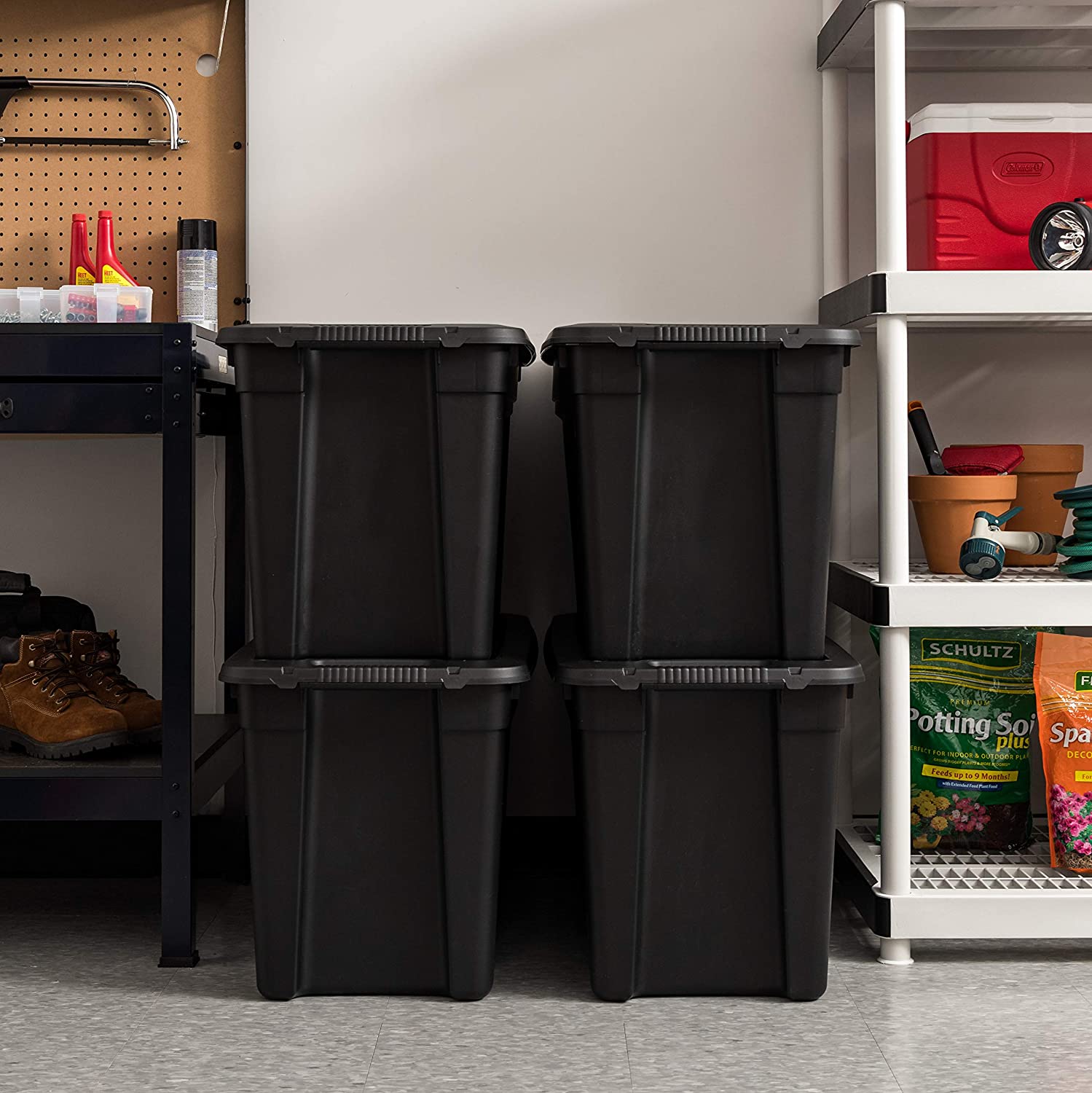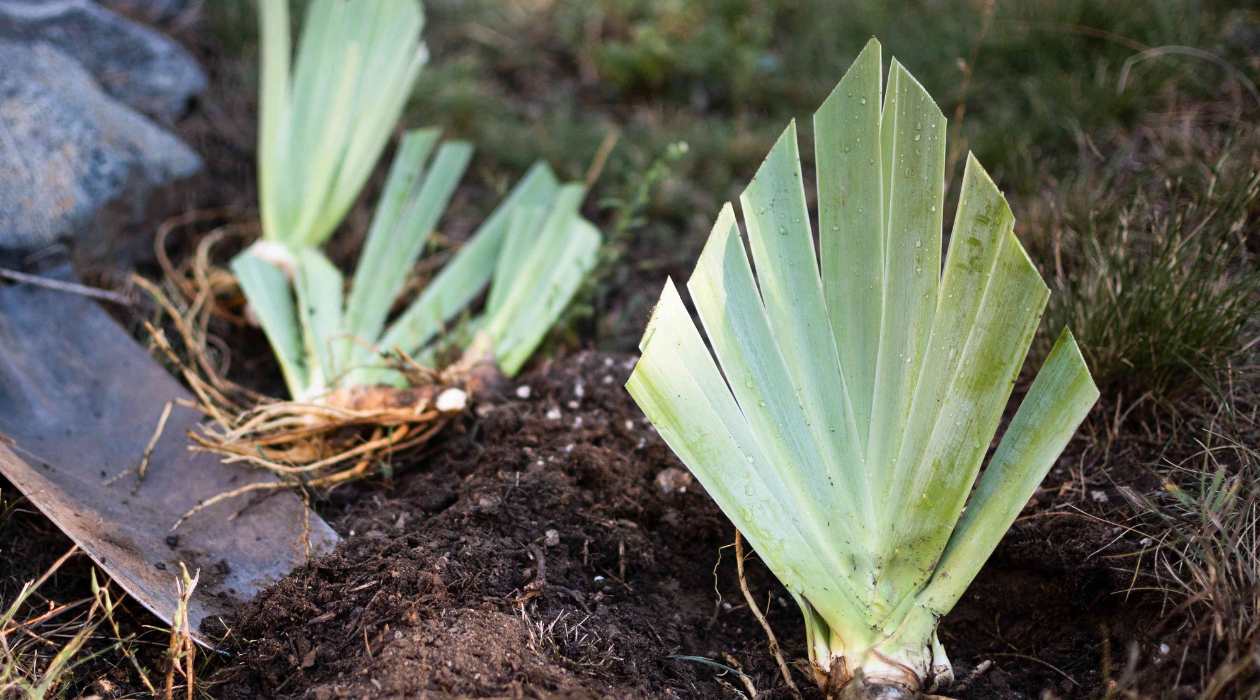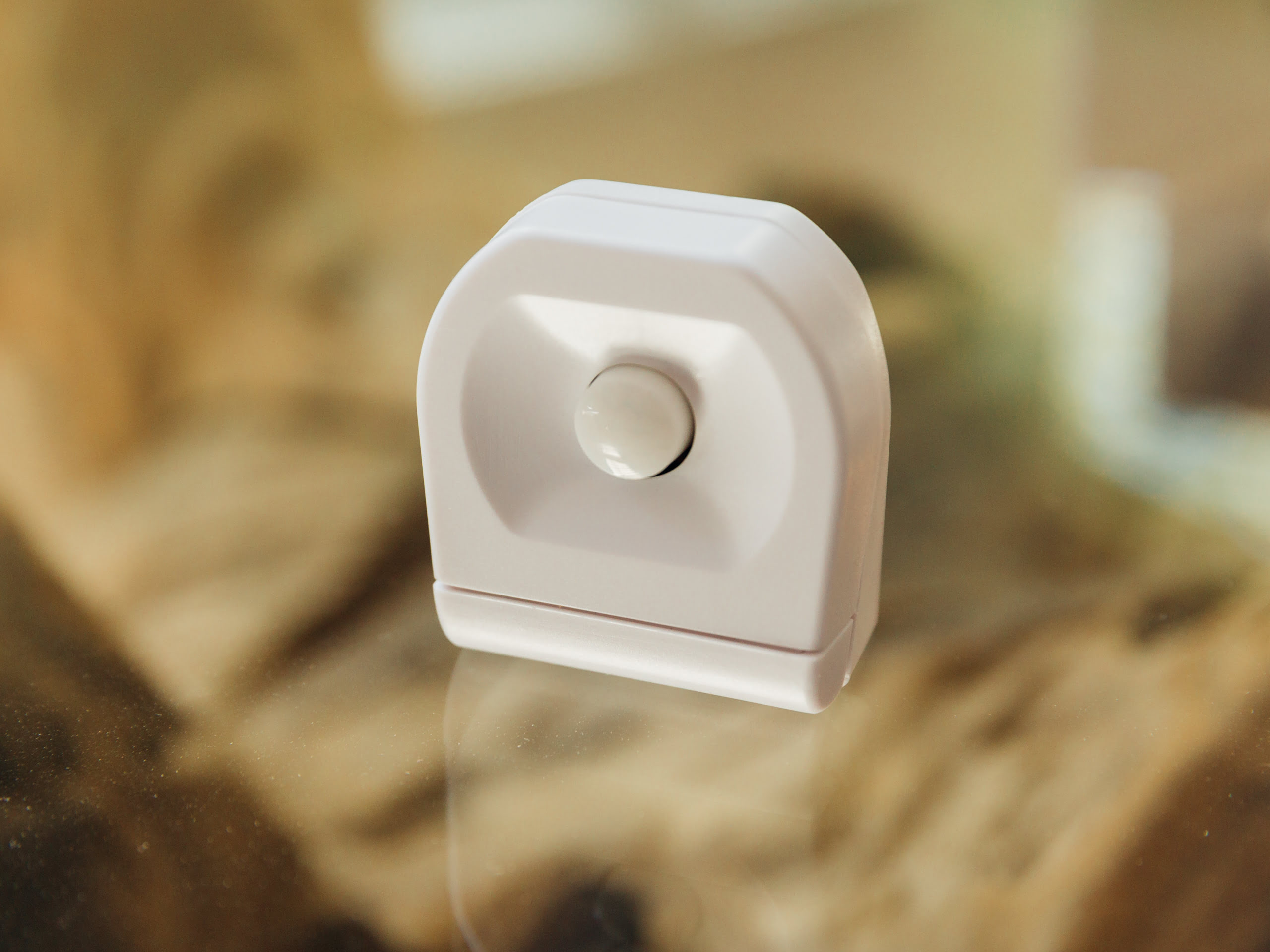

Articles
How To Store Iris Rhizomes
Modified: February 28, 2024
Learn the best way to store iris rhizomes with our informative articles. Discover tips and tricks for preserving these beautiful flowers for future seasons.
(Many of the links in this article redirect to a specific reviewed product. Your purchase of these products through affiliate links helps to generate commission for Storables.com, at no extra cost. Learn more)
Introduction
When it comes to gardening, the beauty and elegance of iris flowers are hard to match. These vibrant and diverse blooms bring a touch of magic to any garden or landscape. However, like many plants, iris rhizomes require proper care and storage during certain periods of the year.
Understanding how to store iris rhizomes is essential for ensuring their health and vitality, especially during winter or when relocating to a different garden. Proper storage techniques will not only protect the rhizomes from damage but also encourage optimal growth and the development of stunning blooms in the future.
In this article, we will delve into the intricacies of storing iris rhizomes. We will explore the steps involved in preparing the rhizomes for storage, discuss different storage options, and provide tips on monitoring and maintenance. By the end, you will feel confident in your ability to store iris rhizomes successfully, preserving their beauty for years to come.
Key Takeaways:
- Properly storing iris rhizomes is essential for preserving their health and ensuring vibrant blooms. From preparation to monitoring, attention to detail and care are key to successful storage.
- Whether stored in containers or left in the ground, maintaining optimal temperature, humidity, and airflow is crucial. Regular checks and avoiding common mistakes will help preserve the vitality of iris rhizomes.
Read more: How To Store Bearded Iris Rhizomes
Understanding Iris Rhizomes
Before diving into the storage process, it is crucial to have a clear understanding of iris rhizomes. Rhizomes are modified stems that grow horizontally under the soil’s surface. These fleshy structures serve as a storage organ for nutrients and energy, allowing the iris plant to survive adverse conditions and regenerate new growth.
Iris rhizomes typically have a fan-like arrangement of leaves on top and numerous small roots on the bottom. The rhizomes themselves vary in size, shape, and color, depending on the iris species or cultivar. Some rhizomes will have a thickened, bulbous appearance, while others may be long and slender.
It’s important to note that iris rhizomes are fragile and can be easily damaged. Their vulnerability to rot and pests underscores the need for proper storage practices. By providing the right conditions during storage, you can ensure the rhizomes remain healthy and ready for planting when the time comes.
Preparing Rhizomes for Storage
Properly preparing iris rhizomes for storage is key to keeping them healthy and viable during their dormant period. Follow these steps to ensure your rhizomes are in optimal condition:
- Timing: The best time to dig up and prepare iris rhizomes for storage depends on your specific region and climate. In general, it is recommended to wait until after the first frost when the foliage begins to turn brown. This indicates that the plant has entered its dormant phase.
- Digging up: Gently lift the iris rhizomes from the soil using a garden fork or spade, being careful not to damage them. Shake off excess soil and remove any dead or decaying material.
- Cleaning: Rinse the rhizomes thoroughly with water to remove any remaining soil. Avoid using any chemicals or cleaning agents, as this can harm the rhizomes.
- Trimming: Trim the foliage back to around 6 inches (15 cm) in length. This helps reduce moisture loss during storage and prevents fungal or bacterial infections.
- Inspecting: Take a close look at each rhizome and discard any that show signs of damage, rot, or disease. Only store healthy and firm rhizomes for long-term storage.
- Drying: Allow the rhizomes to dry thoroughly in a well-ventilated area for a few days. This reduces the risk of fungal growth and helps prevent moisture-related issues during storage.
- Labeling: It’s important to label each rhizome with its variety or cultivar name. This ensures that you can identify them correctly when it’s time to plant them.
By following these preparation steps, you are setting the foundation for successful storage and future growth of your iris rhizomes.
Choosing the Right Storage Location
When it comes to storing iris rhizomes, selecting the proper storage location is crucial for their well-being. Here are some factors to consider when choosing the right storage location:
- Temperature: Iris rhizomes require a cool and consistent temperature during storage. Ideally, the storage area should maintain a temperature between 35°F (1.7°C) and 45°F (7.2°C). Avoid extreme temperature fluctuations, as this can negatively impact the rhizomes.
- Humidity: During storage, it is important to maintain a relatively low humidity level to prevent mold or rot. Aim for a humidity level of around 50% to 60%. Excessively high humidity can lead to moisture-related issues, while overly dry conditions may cause the rhizomes to dehydrate.
- Light: Iris rhizomes should be stored in a dark location to prevent the development of green shoots or premature growth. Exposure to light can disrupt the dormancy period and weaken the rhizomes.
- Airflow: Good ventilation is essential to prevent the buildup of excess moisture and minimize the risk of fungal diseases. Choose a storage area that provides adequate airflow to keep the rhizomes dry and healthy.
- Pest Control: Ensure that the chosen storage area is free from pests such as rodents or insects that can damage or consume the rhizomes. Consider using natural pest control methods or placing the rhizomes in containers with secure lids to prevent infestations.
- Accessibility: While it’s important to store the iris rhizomes in a secure and protected location, it should still be easily accessible for monitoring and maintenance throughout the storage period.
By carefully selecting a storage location that meets these criteria, you are helping to create an ideal environment for the safe and healthy storage of your iris rhizomes.
Storing Iris Rhizomes in Containers
One popular method for storing iris rhizomes is using containers. This approach offers convenience and flexibility, allowing you to easily monitor and manage the storage conditions. Here’s how to store iris rhizomes in containers:
- Selecting containers: Choose containers that provide enough space to accommodate the rhizomes without crowding them. Plastic or wooden crates, breathable mesh bags, or cardboard boxes with ventilation holes are all suitable options.
- Preparing the containers: Clean and dry the containers before use to remove any traces of dirt or contaminants. Line the bottom of the containers with newspaper or paper towels to provide a cushioning layer for the rhizomes.
- Arranging the rhizomes: Place the rhizomes in a single layer inside the container, making sure they are not touching each other. This helps prevent rot or disease from spreading between rhizomes.
- Adding the storage medium: Cover the rhizomes with a suitable storage medium, such as vermiculite, dry sand, or peat moss. The storage medium helps maintain the right level of moisture and provides insulation for the rhizomes.
- Labeling: Clearly label the containers with the variety or cultivar names of the stored rhizomes. This will help you identify and track each one easily.
- Storing the containers: Place the containers in a cool and dark location, such as a basement or garage, where the temperature and humidity levels are appropriate. Ensure there is proper airflow to prevent the buildup of excess moisture.
- Monitoring and maintenance: Regularly check the rhizomes for any signs of mold, rot, or dehydration. If necessary, adjust the storage conditions by adding or removing storage medium or adjusting the ventilation.
- Periodic inspection: Every few weeks, inspect the rhizomes for any signs of emerging growth. If you notice any shoots developing, it may indicate that the rhizomes are breaking dormancy, and it’s time to prepare them for planting.
Storing iris rhizomes in containers provides a controlled environment that promotes their dormancy and protects them from external factors. With proper monitoring and care, your iris rhizomes should remain healthy and ready for planting when the time comes.
After digging up iris rhizomes, store them in a cool, dry place for a few days to allow them to dry out. Then, place them in a paper bag or mesh bag and store in a cool, dark location until ready to replant.
Read more: How To Store Iris Bulbs
Storing Iris Rhizomes in the Ground
Another option for storing iris rhizomes is to leave them in the ground, especially in regions with mild winters or well-drained soil conditions. This method can be particularly useful if you have limited storage space or prefer a more natural approach. Here’s how to store iris rhizomes in the ground:
- Selecting the planting location: Choose a well-drained area in your garden where the soil does not become waterlogged. Avoid locations prone to standing water or areas that experience heavy frost.
- Preparing the soil: Before storing the rhizomes, ensure the soil is loose, well-drained, and free of weeds or debris. You may consider amending the soil with compost or organic matter to improve its overall quality.
- Planting the rhizomes: Dig individual holes or trenches, ensuring they are deep enough to accommodate the rhizomes with some space for growth. Place the rhizomes in the holes, making sure they are not crowded or touching each other.
- Protecting the rhizomes: Once planted, cover the rhizomes with soil, ensuring they are well-covered but not buried too deeply. Mulch the area with a layer of straw or leaves to provide insulation and protect the rhizomes from extreme cold spells.
- Monitoring the conditions: Periodically check the storage area for signs of excessive moisture, rot, or pest infestations. If necessary, remove any moldy or damaged rhizomes to prevent the spread of disease.
- Preparing for spring: As spring approaches and the weather warms up, monitor the rhizomes for signs of emerging growth. Once you see new shoots developing, it’s time to uncover the rhizomes and prepare them for the growing season.
- Dividing and transplanting: If your iris plants have become crowded or need rejuvenation, this is an ideal time to divide and transplant them. Carefully remove the rhizomes from the ground, separate them into smaller clumps, and replant them in a new location with fresh soil.
Storing iris rhizomes in the ground can mimic their natural growth cycle and provide protection while allowing for easy access and natural development. With proper care and maintenance, your iris rhizomes will continue to thrive and reward you with stunning blooms in the following seasons.
Monitoring and Maintenance during Storage
During the storage period, it’s important to monitor and maintain the condition of your stored iris rhizomes to ensure their health and viability. Regular check-ups and proper maintenance will help prevent issues such as rot, dehydration, or pest infestations. Here are some key aspects to consider:
- Temperature and humidity: Monitor the storage area’s temperature and humidity levels regularly. Ensure that the temperature remains within the recommended range of 35°F (1.7°C) to 45°F (7.2°C) and that the humidity stays around 50% to 60%. Make adjustments as necessary to maintain these conditions.
- Moisture content: Check the moisture content of the storage medium periodically. The medium should be slightly moist, but not overly wet or dry. If it feels too damp, remove some of the storage medium or increase ventilation to reduce excess moisture. Conversely, if it feels too dry, you can lightly mist the rhizomes to provide a bit of moisture.
- Inspecting for pests and diseases: Routinely examine the rhizomes for any signs of pests, such as insects or rodents. Additionally, keep an eye out for the development of fungal or bacterial diseases, which could manifest as mold, soft spots, or discoloration. If you notice any issues, take immediate action to address and resolve them.
- Rot prevention: To prevent rot, gently inspect the rhizomes for any signs of softness or decay. If you notice any deteriorating rhizomes, remove them promptly to prevent the spread of rot to healthy rhizomes. It’s also important to ensure good airflow around the stored rhizomes to minimize the risk of fungal growth.
- Labeling and organization: Regularly check the labels on your stored iris rhizomes to ensure they are still readable and intact. This will help you keep track of the different varieties and cultivars. Additionally, take a moment to organize the storage area to maintain order and avoid any accidental damage to the rhizomes.
By staying vigilant and conducting routine checks, you can address any issues promptly, ensuring the stored iris rhizomes remain healthy and ready for planting when the time comes.
Precautions and Common Mistakes
While storing iris rhizomes may seem straightforward, there are some precautions to keep in mind to ensure success. Avoiding common mistakes can help maintain the health and vitality of the rhizomes throughout the storage period. Here are some precautions to consider and common mistakes to avoid:
- Avoiding excessive moisture: Excess moisture can lead to rot and fungal infections. Ensure that the storage medium is slightly moist, but not wet, and provide adequate airflow to prevent the buildup of excess moisture.
- Preventing dehydration: On the other hand, insufficient moisture can cause the rhizomes to dry out. Monitor the moisture levels regularly and lightly mist the rhizomes if needed to prevent dehydration.
- Protecting from extreme temperatures: Fluctuations in temperature can be detrimental to stored rhizomes. Avoid exposing them to extreme heat or cold, and choose a storage location with a stable and cool temperature.
- Avoiding overcrowding: When arranging the rhizomes for storage, make sure to provide sufficient space between them. Crowded rhizomes can increase the risk of rot and hinder healthy growth.
- Labeling and identification: Accurately labeling each rhizome is essential for future identification. Neglecting to label the rhizomes or using illegible labels can lead to confusion and difficulty in identifying the varieties or cultivars.
- Regular monitoring: Regularly checking the stored rhizomes for any signs of pests, diseases, or deterioration is crucial. Neglecting to monitor them can result in the spread of pests or diseases, compromising the overall health of the rhizomes.
- Avoiding improper storage locations: Choose a suitable storage location that provides the right temperature, humidity, and airflow. Avoid storing rhizomes in areas prone to excessive moisture or direct sunlight, as well as locations that are prone to temperature fluctuations.
- Not rushing the planting process: When it’s time to plant the stored rhizomes, avoid rushing the process. Take the necessary time to properly prepare the soil, trim any damaged parts, and ensure the planting conditions are ideal for their growth.
By taking these precautions and avoiding common mistakes, you can increase the chances of successfully storing iris rhizomes and ensuring their vitality for future growth.
Conclusion
Storing iris rhizomes properly is crucial for preserving their health, vitality, and beautiful blooms. By understanding the unique characteristics of iris rhizomes and following the appropriate storage techniques, you can ensure their successful storage and future growth.
From preparing the rhizomes for storage to choosing the right storage location, you have learned the essential steps to keep your rhizomes safe during their dormant period. Whether you opt for storing them in containers or leaving them in the ground, proper monitoring and maintenance are key to their well-being.
Remember to regularly check the storage conditions, maintain the right temperature and humidity levels, and inspect the rhizomes for any signs of pests or diseases. By taking precautions and avoiding common mistakes such as overcrowding, excessive moisture, and improper labeling, you can significantly increase the chances of success in storing iris rhizomes.
When the time comes to plant your stored rhizomes, make sure to provide them with a suitable growing environment and take the necessary time to prepare the soil and trim any damaged parts. By doing so, you’ll set them up for healthy growth and stunning blooms in the upcoming seasons.
With patience, care, and attention to detail, you can enjoy the beauty of your iris flowers year after year. By applying the knowledge and techniques shared in this article, you are equipped to store and protect your iris rhizomes, allowing them to thrive and bring vibrancy to your garden or landscape.
Frequently Asked Questions about How To Store Iris Rhizomes
Was this page helpful?
At Storables.com, we guarantee accurate and reliable information. Our content, validated by Expert Board Contributors, is crafted following stringent Editorial Policies. We're committed to providing you with well-researched, expert-backed insights for all your informational needs.















0 thoughts on “How To Store Iris Rhizomes”